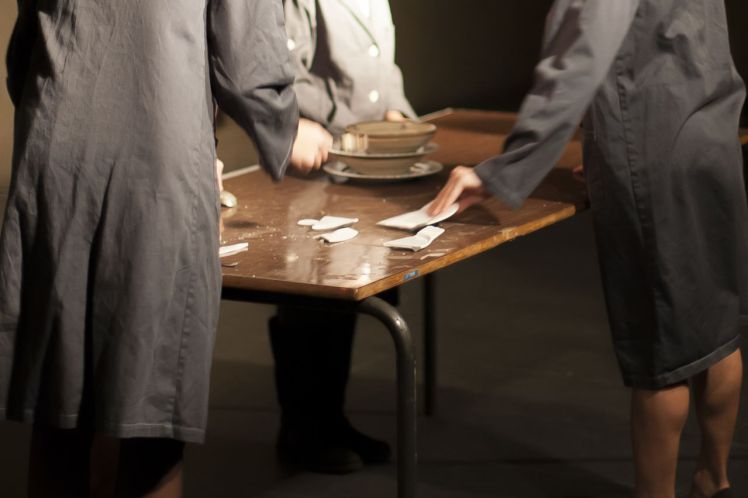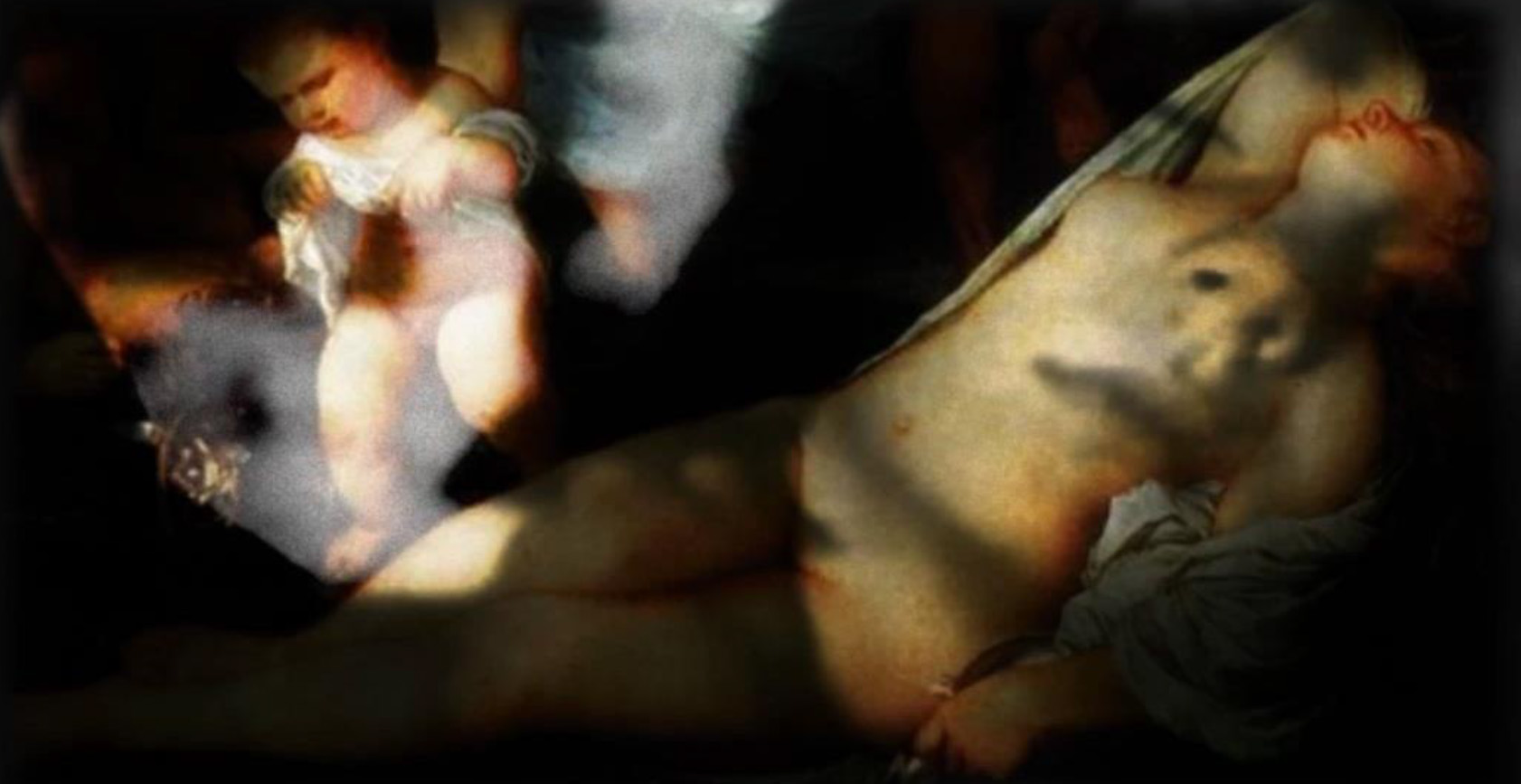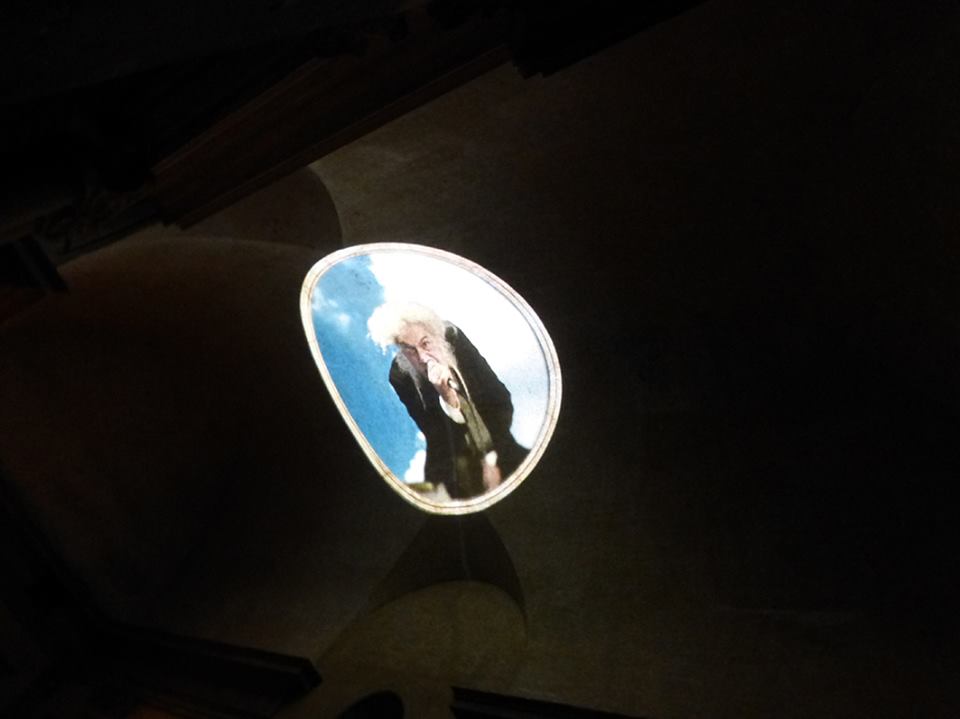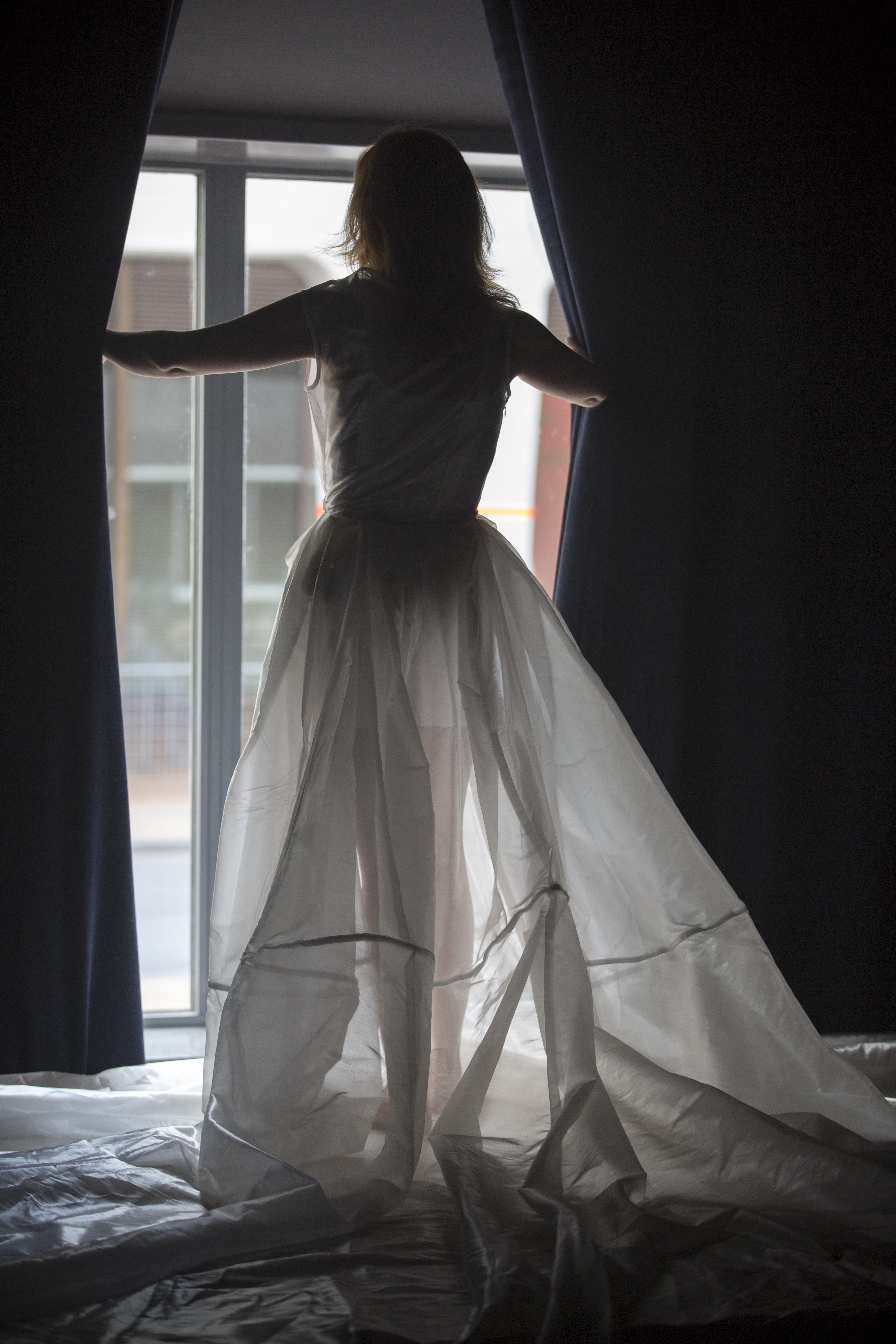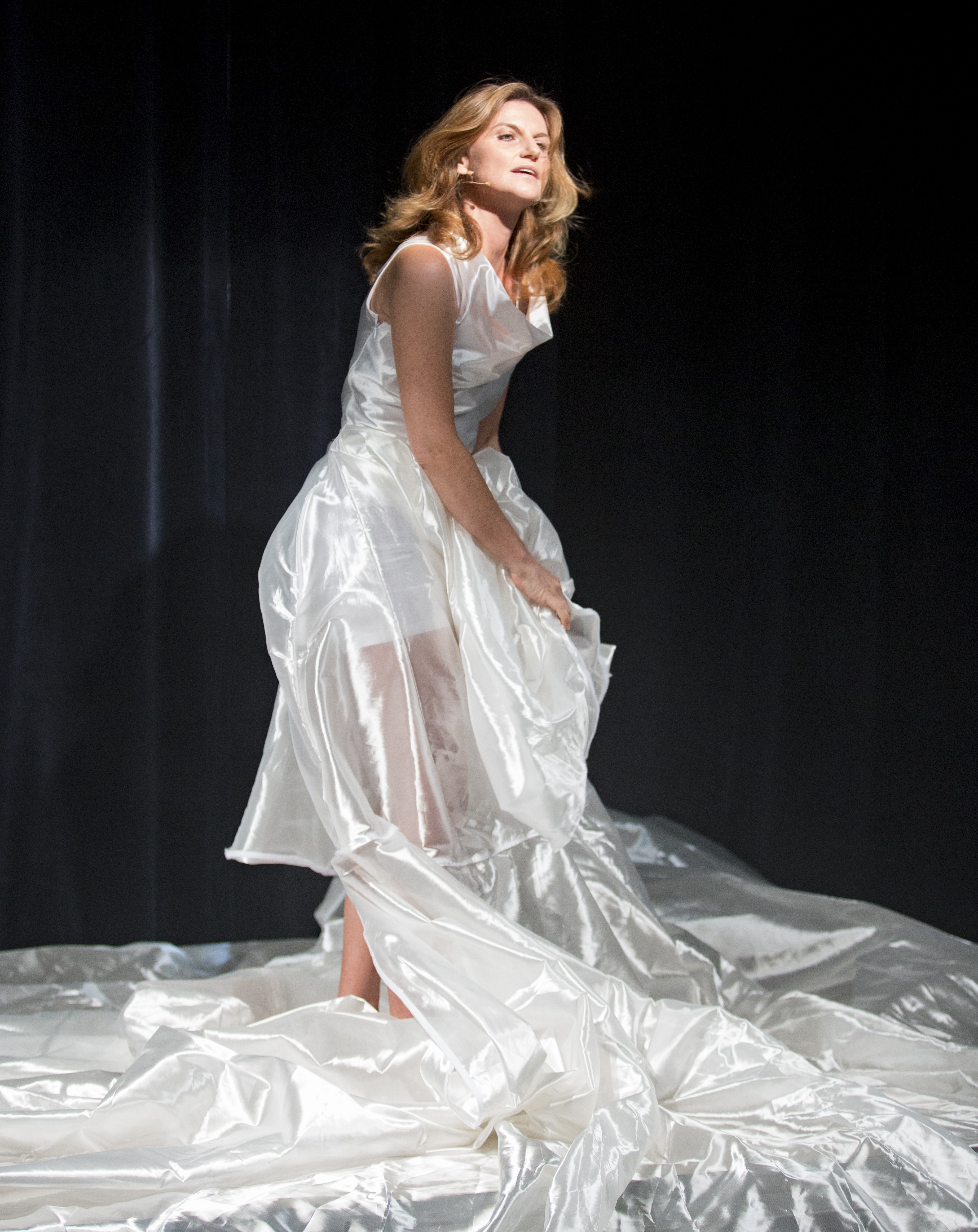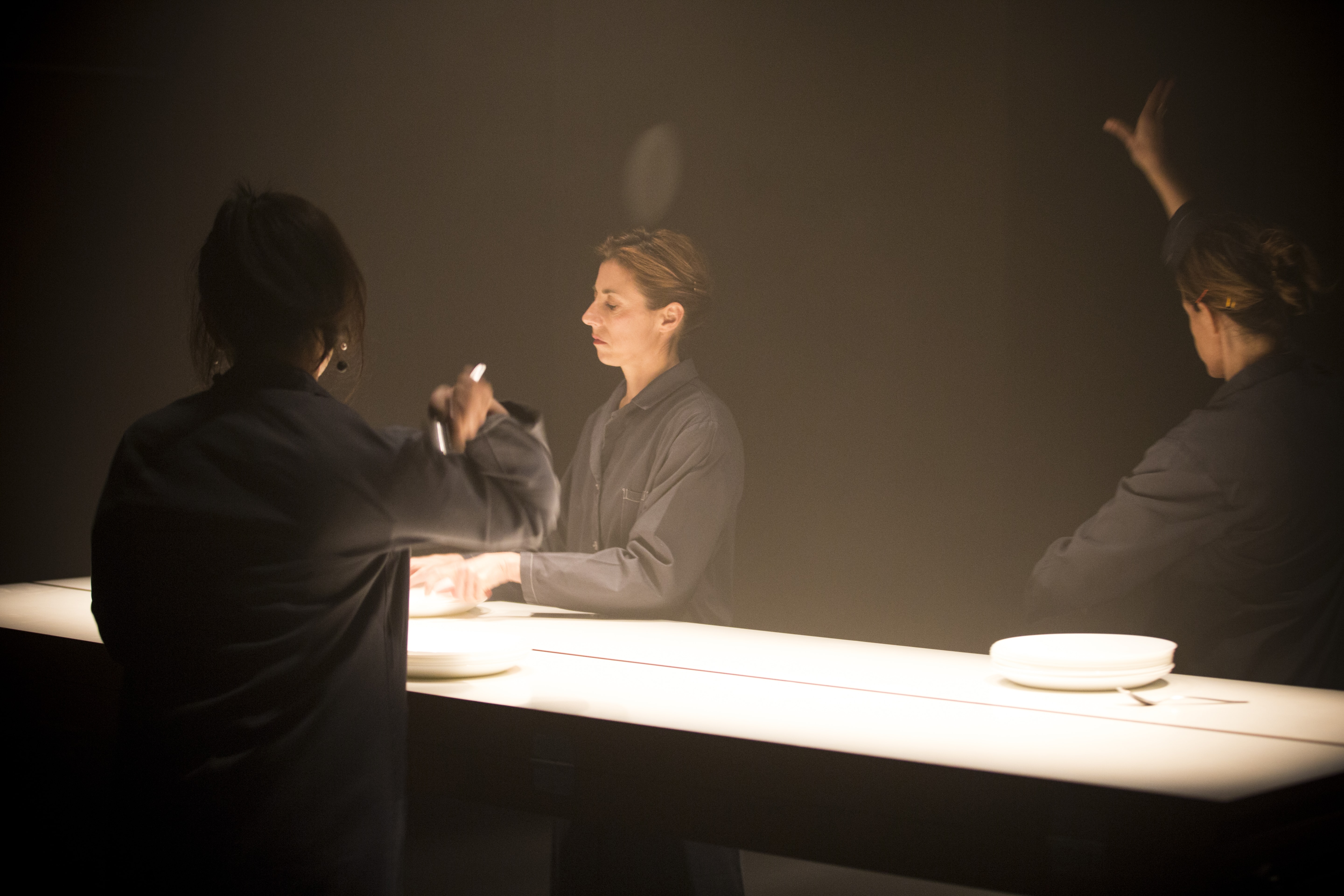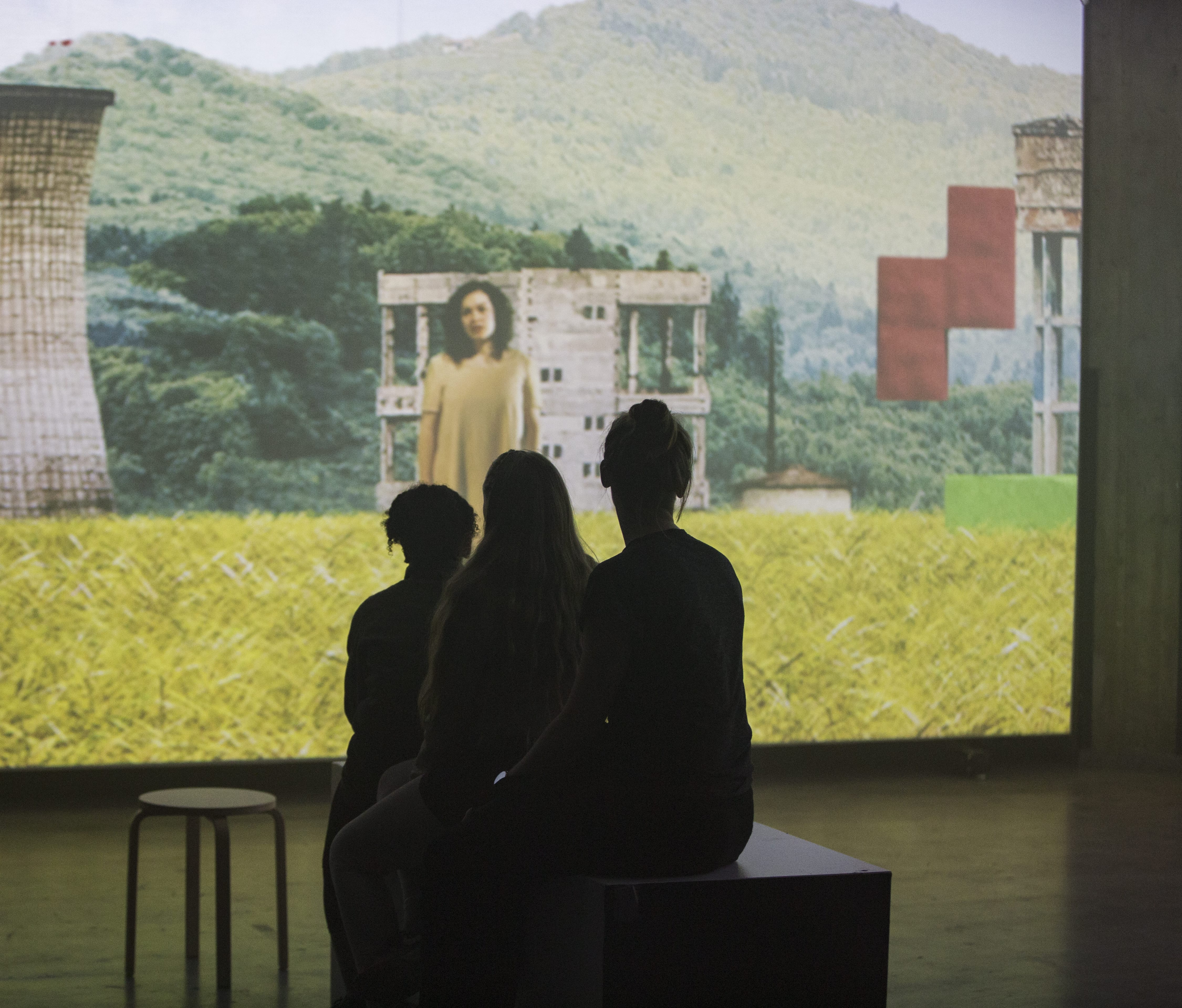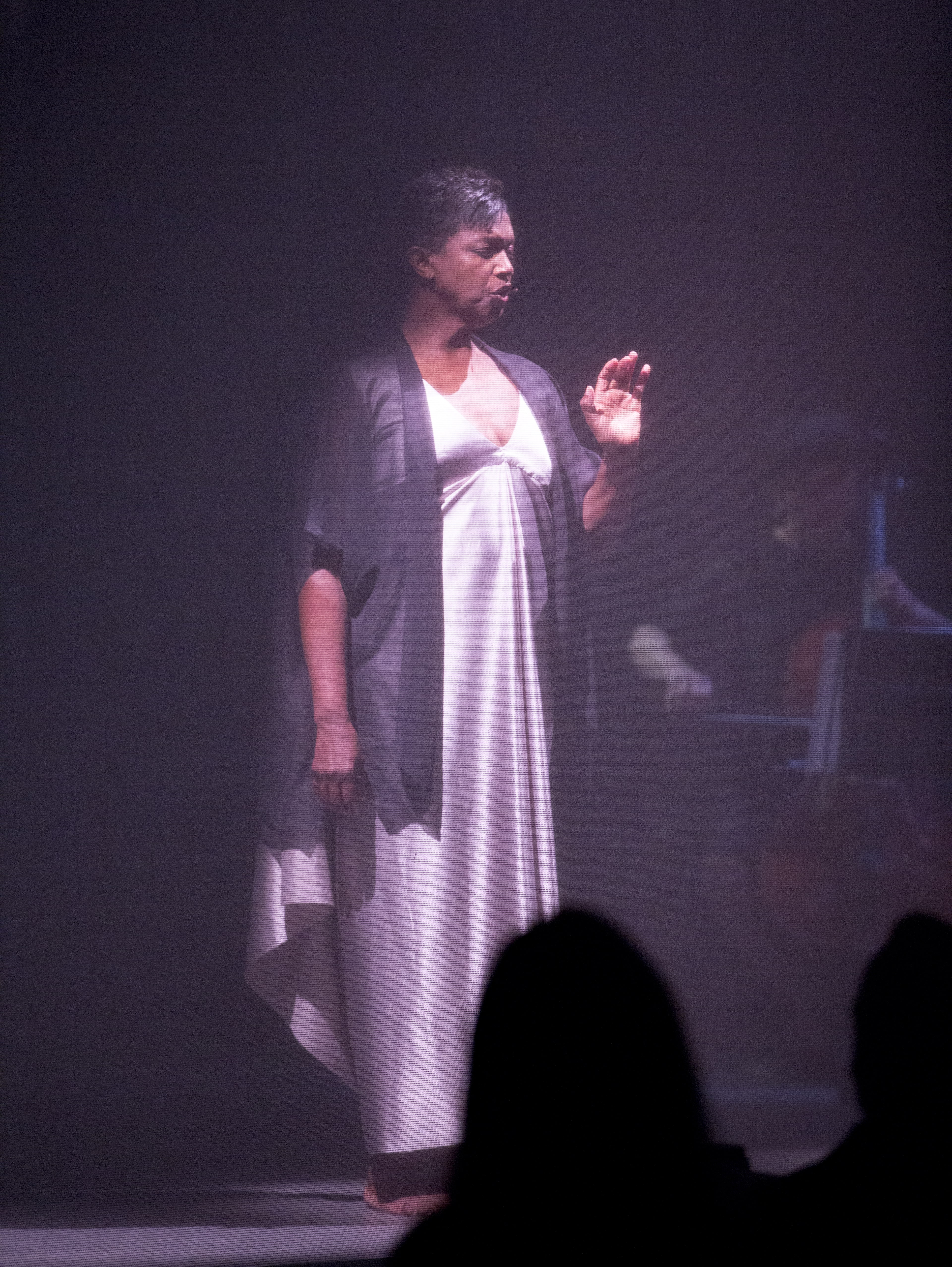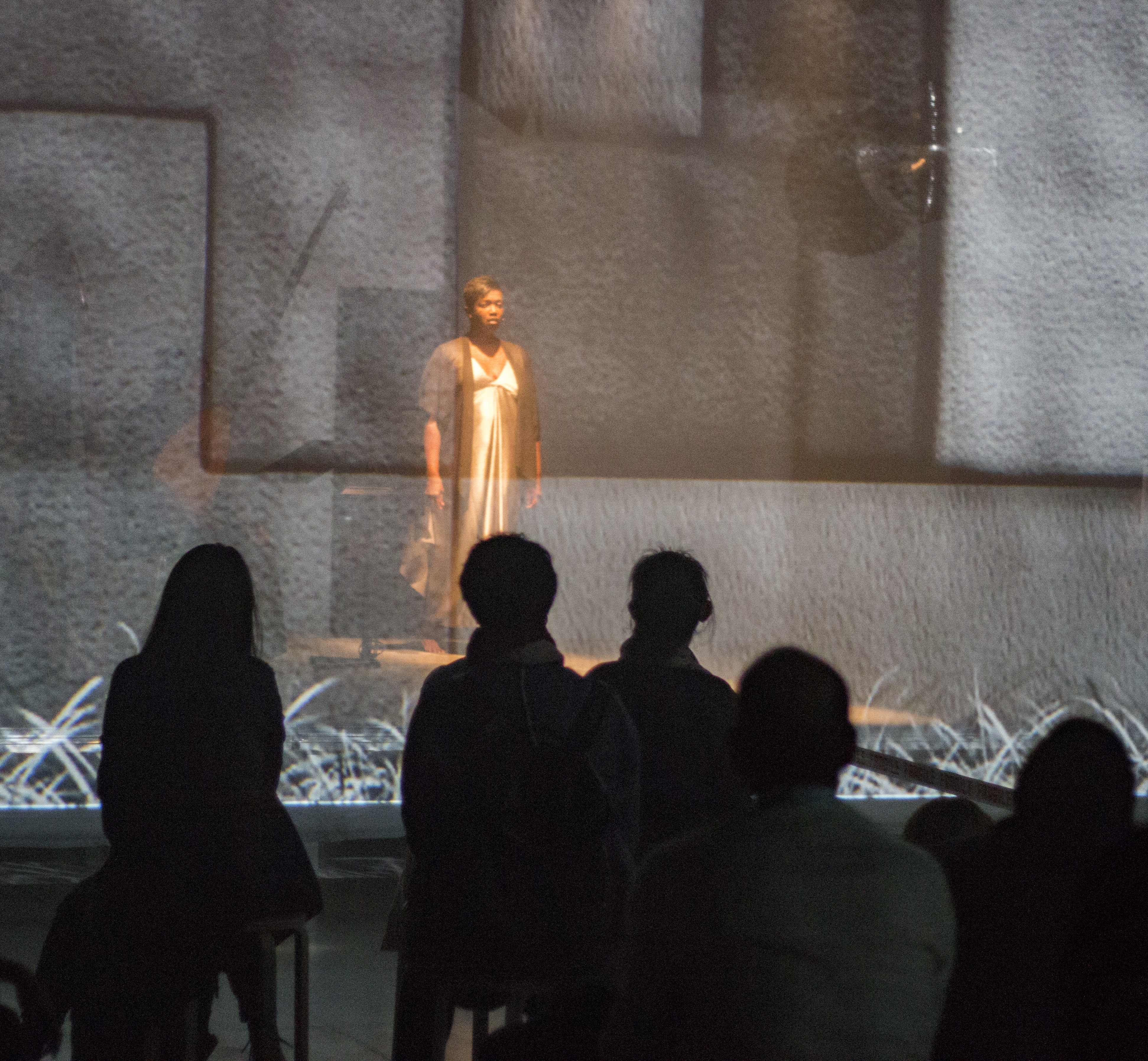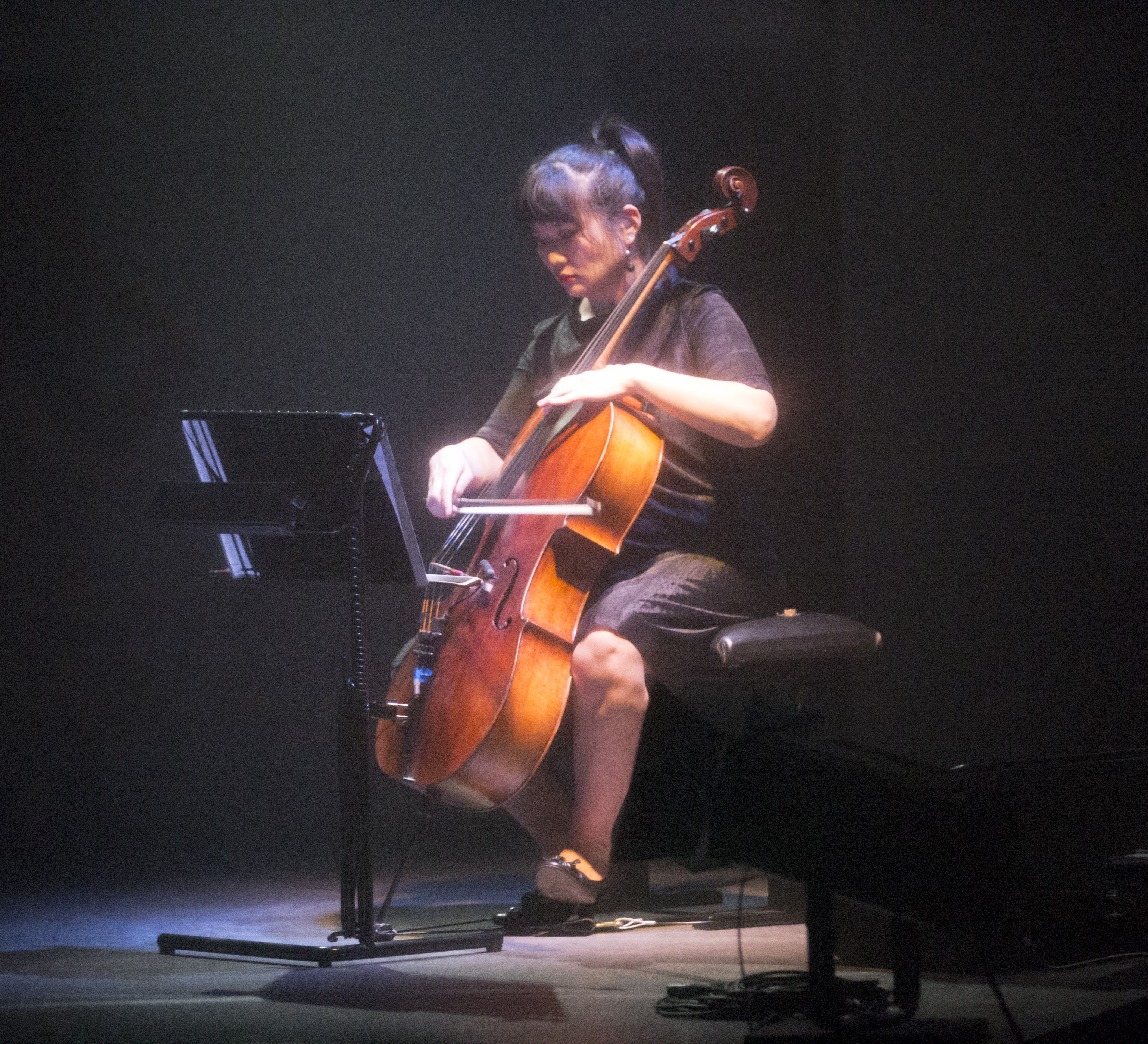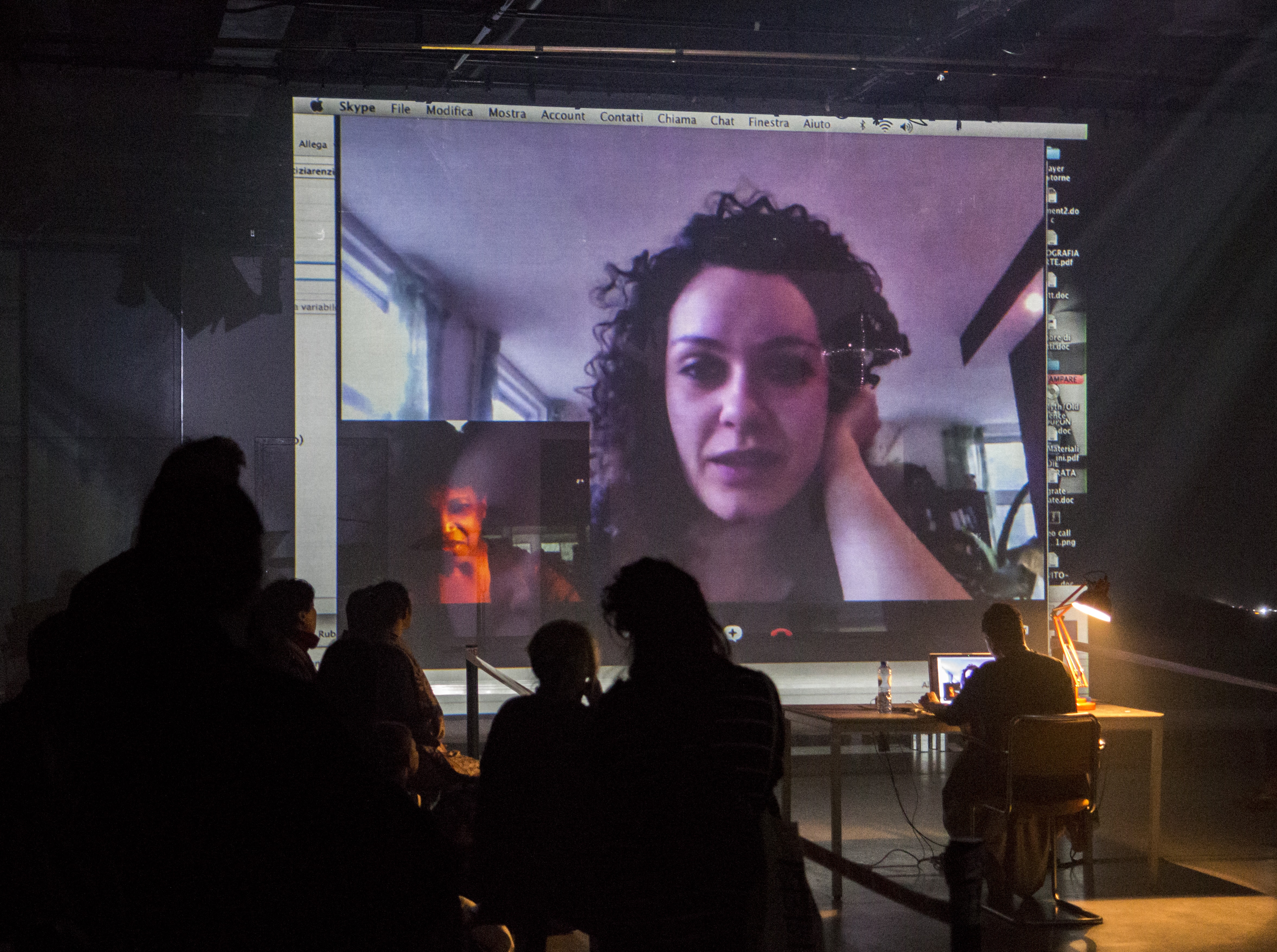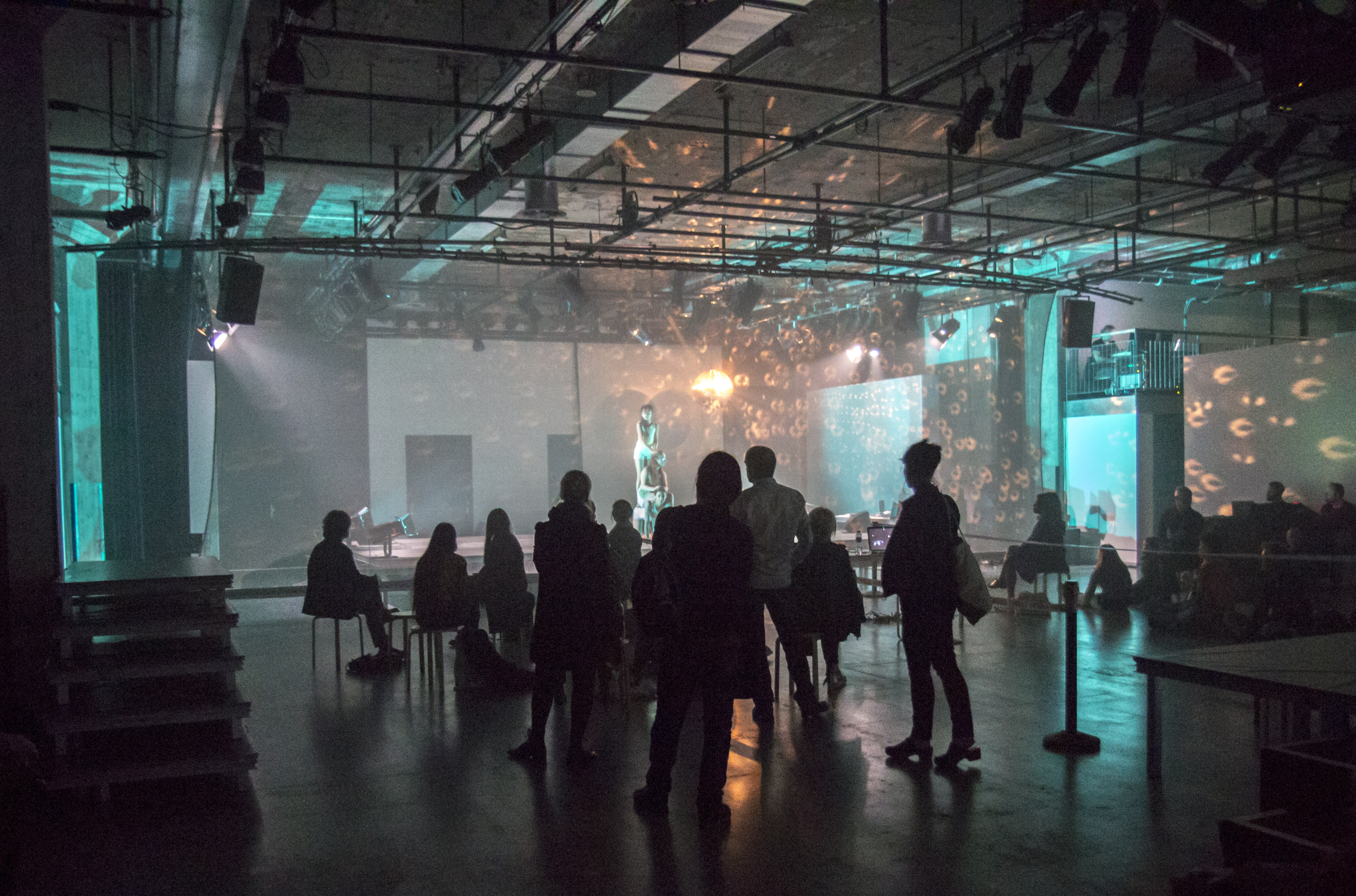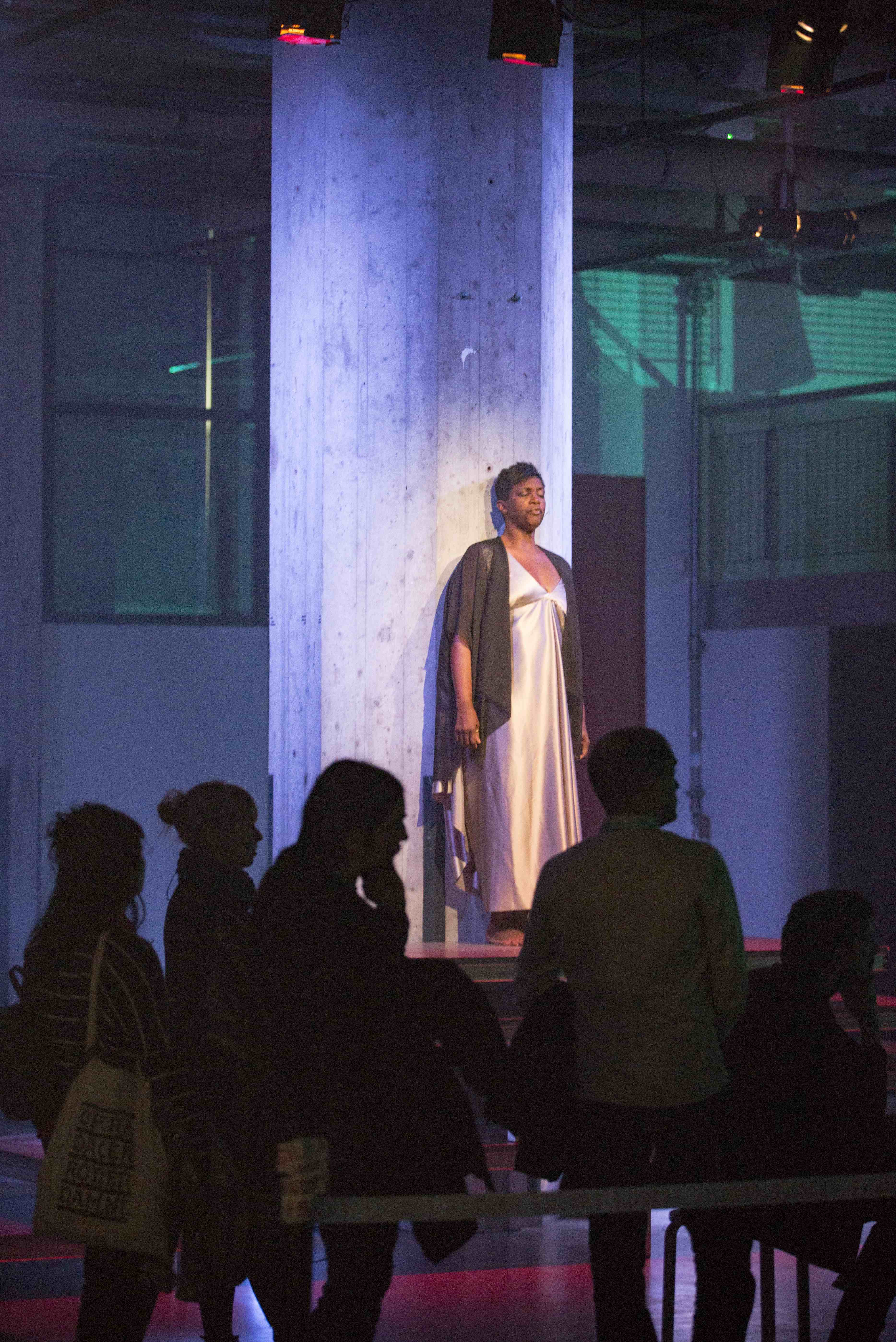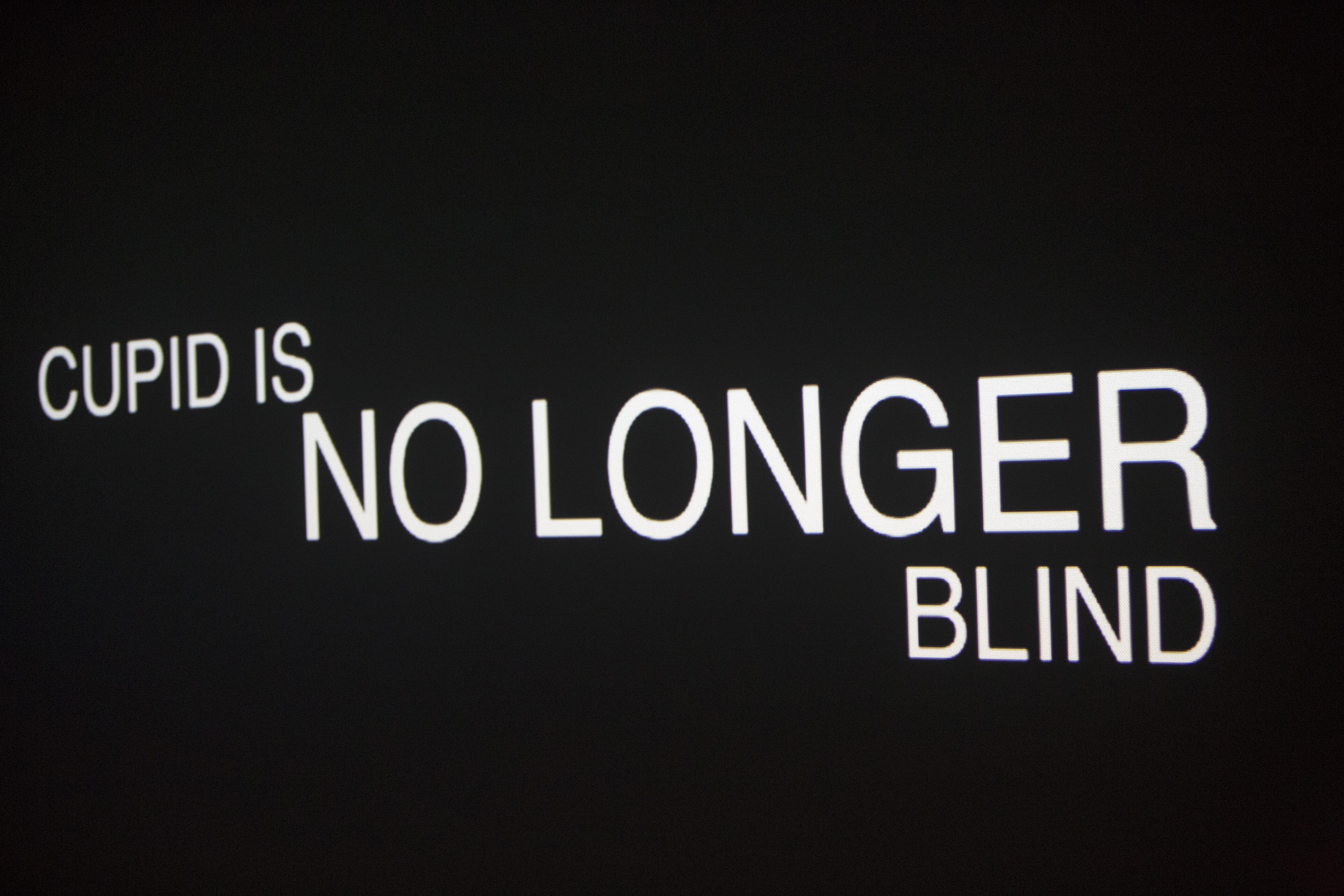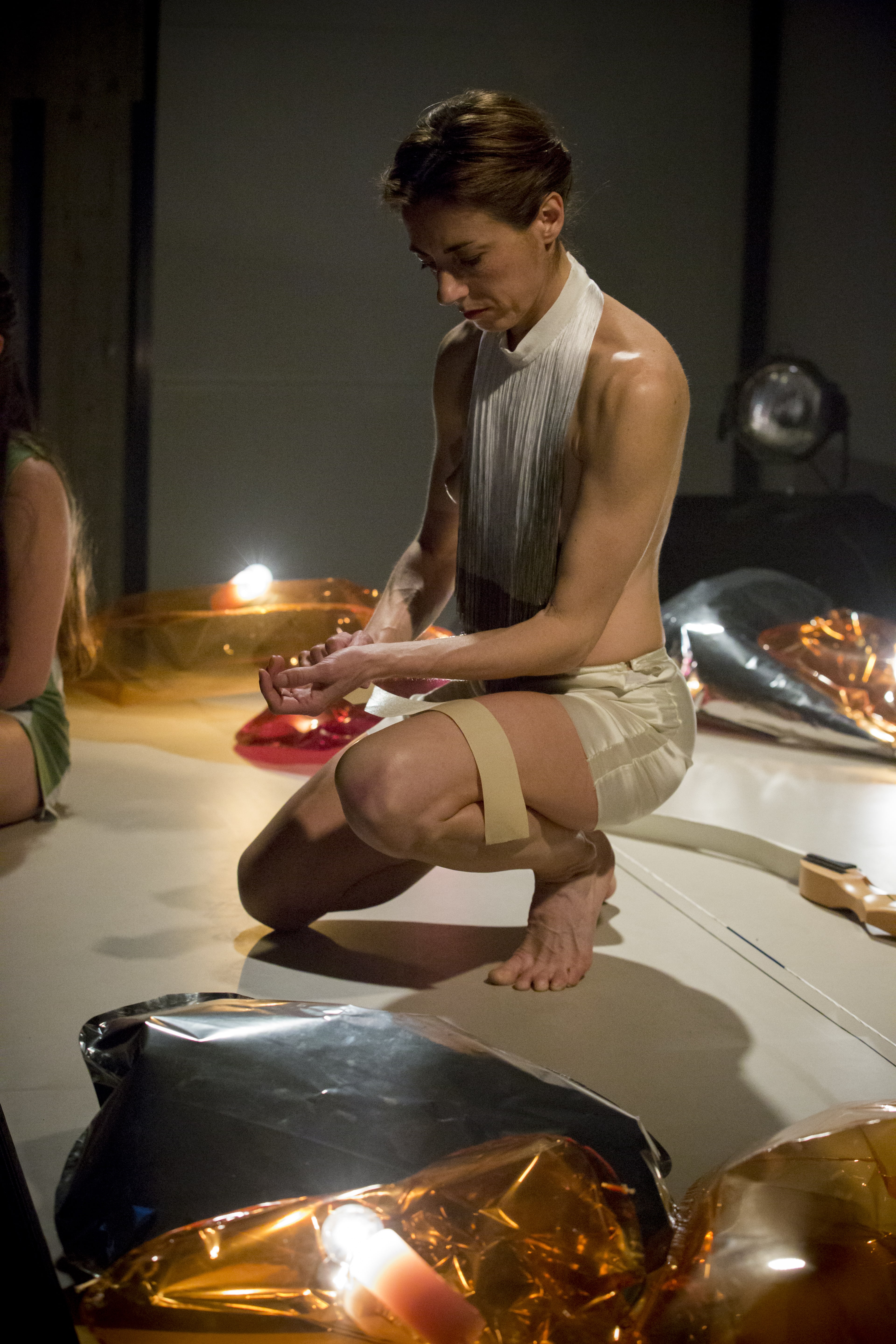THE BALL OF THE INGRATES
A site-specific contemporary opera conceived and directed by Letizia Renzini using mixed-media, inspired by Monteverdi’s original opera “Il Ballo delle Ingrate”. The voluptuous world of sixteenth century musical theatre is only a starting point, while the interdisciplinary and technological transfiguration uses analogical (body, voice, instruments) and virtual (video, light, electronic music) vocabuli.
GALLERY
PROJECT DESCRIPTION
The work re-examines themes that were contemporary in 1608, when Monteverdi and the first librettist in history, Ottavio Rinuccini, first staged the Ballo in Mantova. Renzini confronts it with our contemporary reality and interprets it in its light, without forgetting the marvellous and sensual worlds of Barbara Strozzi or Luzzasco Luzzaschi, as well as the “Women’s Concerto” that revolutionized Italian profane music in the late sixteenth century.
At the heart of the matter, is marriage, and its refusal by a feminine type that resonates perpetually throughout history (literary or not): the ingrate, the unconventional woman that is not prepared to give of herself unconditionally. In this deconstruction of Monteverdi’s Opera, the Ingrates will rise up against any form of reductionism of life’s complexity: rules, prejudice, segregation, all of the self-made cages our society and our psyche have fabricated throughout the centuries and across the world. These Ingrates are proud of their uncommon destinies that led them to beautiful but lonely choices… That sent them to “hell”. From their hell, the full force of the “solo” voice is born, a voice that Monteverdi discovers to reveal a multiple Being, a state of mind and heart, a resonance beyond any matter of sex, race or status. A music/dance/electronic/video ode to the beauty of interference, and the power of unruliness.
The ingrate refuses to tie herself to another person believing it is the only way to preserve her individuality. She resists, and never gives in. Amazon, old-maid, shrew, emancipated woman, free and impossible, an indomitable goddess, both talented and discomforting, attractive and feared, the Ingrate finds herself in conflict with the way femininity is classically represented. While audacious and deeply ironic, the adaptation is never disrespectful of its classical material.
The ingrate’s condition addresses gender issues in an existential manner. While Monteverdi’s ingrate confronts her solo, the performance reaches out beyond its repertory breaking through the conventions of musical theatre. This contemporary, multimedia approach, gives rise to an “open” show in which the relationship between spectator and event are progressively blurred. Lights, images and video work will bring forth a scene whose various elements: music, dance, the written word, images and sound, coexist in an original and non-hierarchical composition.
The baroque repertoire (which is not limited to Monteverdi) runs in a continuous dialogue between truth and illusion, reality and spectacle. Claron Mc Fadden’s interpretation is both personal but philological, and keeps the fire of baroque aesthetics alive. This is life that imitates art that imitates life. A truth that is sublimated, but that, despite the desperate reality of the Ingrate’s condition, develops in music and words. An ideal beauty that is capable of mitigating everything.
Marina Giovannini‘s choreography is experimental. Her figure moves alongside two extremely young dancers; together they explore elements of sixteenth century dance, transfiguring the era’s sculptural compositions: its bas-reliefs and squares, to create an orderly vulnerability that is fragile and transparent. The ingrates’ souls are free and child-like, their beauty and their spontaneity can only survive if they remain unattached.
Theodora Delavault’s original text is a non-linear composition that is inspired by Rinuccini’s libretto. It is the show’s invisible thread that develops fluidly with continuous subtle references to Monteverdi’s opera. The script is said, sung, projected or evoked. Words and sounds, songs and poetic references interweave with the music and subtly provide the work with an “educated” voice that creates a harmonious back and forth between the repertory’s musical piece and a contemporary spectacle, in a constant confrontation between life and imagination, text and context, the digital and the organic.
The wide-range artistic approach and the freedom of expression of the avant-gard cellist Okkyung Lee underlines the strong connections who are running between the ecstatic aesthetic of Baroque and Reinaissance, and the abstract use of improvisation, contemporary performance and electronic sounds.
Renzini’s video and sound work is the scenery, and an important part of the narration and scenography: the contemporary space of an unfiltered, apoetic vision of reality. A possible world where nothing is real except the “voice” of the Ingrate, whether that “voice” is written, spoken or sung. The voice, the voice of the story, of the singer, or the acoustic and electronic instruments, of the various sounds and field recordings… always says the same thing. It is the successful surmounting of the limits between the self and the external world, an avant-garde “me”.
CAST
Direction, Video work, sound, live mix- Letizia Renzini; Coreography – Marina Giovannini; Original Poems and Texts -Theodora Delavault; Organization – Luisa Zuffo; Management – Alexandra Kirsch
Claron McFadden (soprano); Mike Fentross (theorba); Sarah Ridy (harp); Okkyung Lee (cello); Letizia Renzini (live mix); Marina Giovannini (dance); Theodora Delavault (actress).
On video: Nora Fisher (soprano); Nicola Wemyss (soprano); Sabina Meyer (soprano); Vincenzo Vasi (bass).
Costumes: Lotte Stek;
Video composition and Motion Graphics: Raffaele Cafarelli, Angela Gennaretti (red-fish) Technicians: Moritz Zavan, Peter Quasters; Software: Riccardo Canalicchio
